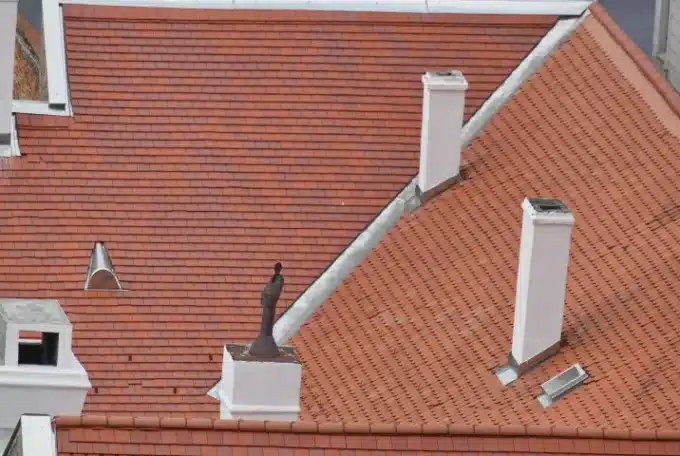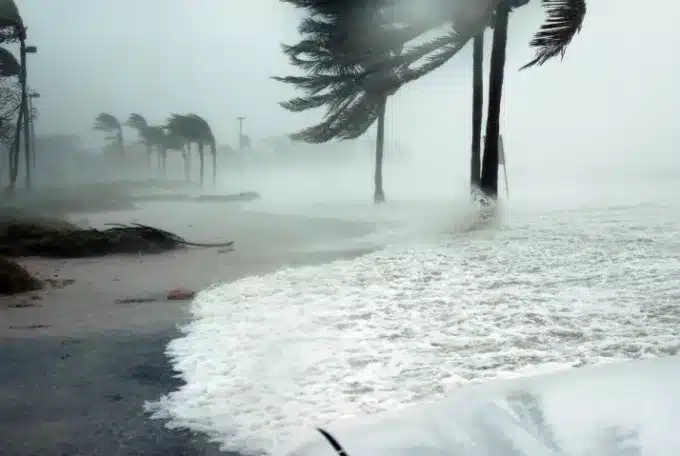Everything You Need to Know About Hurricane Categories and Their Impact
Living in areas prone to hurricanes, like many cities in Florida, can be stressful. As a homeowner, it’s essential to understand the severity of these storms and their potential impact on your property. One key aspect to consider is the hurricane category. But what exactly are these categories, how are they measured, and what do they mean for you? This blog article will explore everything you need about these categories and their impact. Whether you’re a first-time homeowner or have experienced hurricanes, this information will help you better prepare and protect your property. Hurricane tracking is available through a Hurricane center like the National Hurricane Center (noaa.gov). For more information on how long the hurricane season is in Florida, click here: And How to Prepare for a Hurricane in Florida.
What is the Saffir-Simpson Hurricane Wind Scale, and how it works
The Saffir-Simpson Hurricane Wind Scale is a classification system used to categorize hurricanes based on their wind speed and potential for damage. It consists of five categories, with Category 1 being the least severe and Category 5 being the most severe. The scale considers sustained wind speeds measured over one minute. It estimates the potential damage that can be expected.
Category 1 hurricanes have sustained winds between 74 and 95 mph, while Category 2 hurricanes have sustained winds between 96 and 110 mph. Category 3 hurricanes have sustained winds between 111 and 129 mph, and Category 4 hurricanes have sustained winds between 130 and 156 mph. The most severe storms, Category 5, have sustained winds of 157 mph or higher.
Homeowners must understand the Saffir-Simpson scale because it can help them prepare for and respond to hurricanes. Knowing the category of an approaching hurricane can help homeowners make informed decisions about evacuations, securing their homes, and ensuring their safety during the storm.
Category 1: 74-95 mph
Category 1 hurricanes are the least severe on the Saffir-Simpson Hurricane Wind Scale, with speeds ranging from 74 to 95 mph. While they are considered relatively weak hurricanes, it’s still essential for homeowners to take necessary precautions. During a Category 1 hurricane, you can experience some damage to trees, shrubs, and unanchored mobile homes. Additionally, power outages may occur, and there may be some damage to poorly constructed signs, fences, and roofs. It’s crucial to secure loose objects, trim trees and shrubs, and ensure your home is adequately protected. Stay tuned to local weather updates and follow the guidance of local authorities to stay safe during a Category 1 hurricane.
Category 2: 96-110 mph
Category 2 hurricanes are classified by sustained winds ranging from 96 to 110 miles per hour. These storms can cause significant damage to homes and infrastructure. Homeowners must be prepared and take necessary precautions when a Category 2 hurricane is approaching. Secure loose outdoor items like patio furniture and garbage cans to prevent them from becoming projectiles in high winds. Reinforce windows and doors with protective coverings or storm shutters. It is also advisable to have an emergency kit ready with essential supplies, including non-perishable food, water, flashlights, and batteries. Stay tuned to local weather updates and follow evacuation orders if necessary. Being proactive and informed can help homeowners protect their property and ensure their safety during a Category 2 hurricane.
Category 3: 111-129 mph
Category 3 hurricanes are defined by sustained winds ranging from 111 to 129 mph. These powerful storms can cause extensive damage to homes and infrastructure. Homeowners must understand the potential impact of a Category 3 hurricane and take necessary precautions. At this wind speed, trees can be uprooted, power lines can be knocked down, and significant structural damage can occur. Reinforcing windows and doors, securing loose objects, and having an evacuation plan are essential to protect yourself and your property. Stay tuned to local authorities and weather updates for the latest information, and follow any evacuation orders issued for your area.
Category 4: 130-156 mph
Category 4 hurricanes are extremely dangerous and can cause significant damage to homes and properties. With wind speeds ranging from 130 to 156 mph, these storms have the potential to uproot trees, destroy roofs, and cause extensive structural damage. Homeowners must take necessary precautions and evacuate if advised to do so by local authorities. Regarding property damage, Category 4 hurricanes can result in severe flooding and damage from flying debris and storm surges. It is essential for homeowners to have appropriate insurance coverage and to consult with a public adjuster to ensure a fair and accurate assessment of damages in the aftermath of a Category 4 hurricane.
Category 5: 157 mph or higher
Category 5 hurricanes are the most intense and destructive storms. With wind speeds of 157 mph or higher, these hurricanes have the potential to cause catastrophic damage. Homeowners must understand the significance of Category 5 storms and take appropriate precautions to protect themselves and their properties. When a Category 5 hurricane is approaching, following evacuation orders and securing your home must be followed by boarding up windows, reinforcing doors, and securing loose items. An emergency plan and stocking up on essential supplies, such as food, water, and medications, is also advisable. Remember, your and your loved ones’ safety should always be the top priority during a Category 5 hurricane.
Conclusion
In conclusion, understanding hurricane severity is crucial for homeowners in hurricane-prone areas. Learn how to measure hurricanes and what each category means to prepare better and protect your property. Stay updated with local weather forecasts and evacuation guidelines during hurricane season.
To learn more about hurricane preparedness and how to navigate the insurance claims process after a storm, visit our website or contact our team of public adjusters. We are here to assist you in maximizing your insurance coverage and ensuring a fair settlement for any damages incurred.
Please don’t wait until it’s too late. Take proactive steps to protect your property and educate yourself about hurricane categories and their potential consequences. Your safety and peace of mind are worth it.




